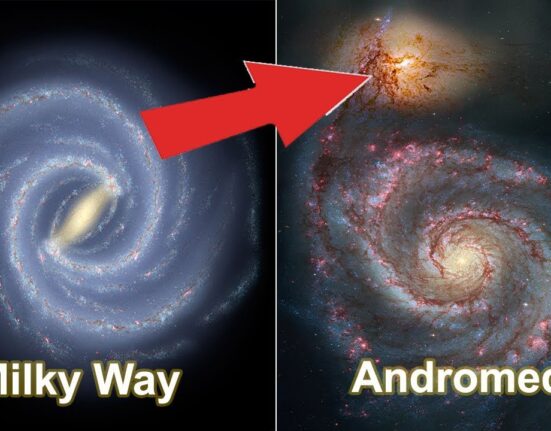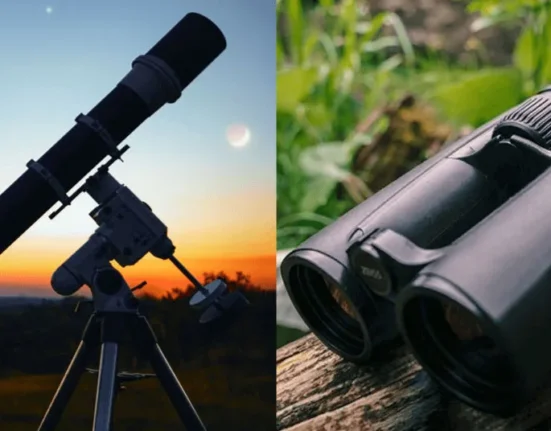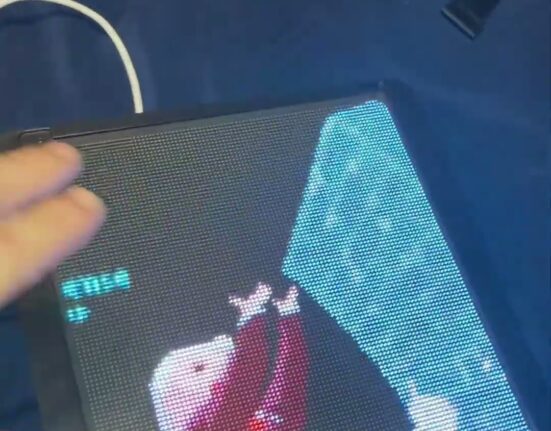“The first question that we had when these teeth were found in the Dominican Republic and on other islands in the Caribbean was: What are they?”
said Jonathan Bloch, curator of vertebrate paleontology at the Florida Museum of Natural History. It was a puzzling discovery that would challenge existing notions about the region’s prehistoric wildlife.
Imagine stepping back millions of years into the past, where towering predators ruled over lush landscapes teeming with exotic creatures. This was once the reality in the Caribbean, a place known more for its sunny beaches than its ancient secrets. But beneath its modern facade lies a rich tapestry of history waiting to be unveiled.
Three decades ago, researchers stumbled upon two enigmatic teeth in Cuba, dating back around 18 million years. These weren’t just any ordinary teeth – they bore sharp serrations designed for ripping through flesh with precision. The pieces of this paleontological puzzle hinted at an unknown carnivore lurking in the shadows.
For years, scientists grappled with the mystery of these teeth. How could such formidable predators have roamed these islands when conventional wisdom painted a different picture? The plot thickened with each new discovery – another tooth surfaced in Puerto Rico, this time much older at 29 million years.
It wasn’t until early 2023 that a breakthrough came. A research team unearthed a fossilized tooth along with two vertebrae in the Dominican Republic. While seemingly scant evidence, it was enough to identify their owner – a sebecid. These ancient beasts were like no crocodile seen today; they were terrestrial hunters who dominated their ecosystems with ruthless efficiency.
“That emotion of finding the fossil and realizing what it is, it’s indescribable,”
shared Lazaro Viñola Lopez, lead author of the groundbreaking study revealing these prehistoric marvels to the world. The excitement among researchers was palpable as they pieced together clues from eons past to reconstruct a lost world filled with giant reptilian predators.
Sebecids were no ordinary crocs; they were land-dwelling behemoths that sprinted after prey on powerful limbs and tore through flesh like knives through butter. Some species grew up to 20 feet long and sported armor plating reminiscent of armored tanks from ages long past.
The extinction event that wiped out dinosaurs also nearly spelled doom for notosuchians like sebecids. Only in South America did they survive and thrive as apex predators once dinosaurs vanished into oblivion. But how did these fearsome beasts make their way to isolated Caribbean islands?
The discovery raised intriguing questions about ancient land connections between continents now separated by vast oceans. The GAARlandia hypothesis proposed temporary land bridges or chains of islands allowed creatures to traverse between South America and the Caribbean, leaving behind traces etched in fossilized bones.
As researchers delved deeper into this enigma, they realized that what lay buried beneath tropical soils held untold stories waiting to be told – stories that could rewrite our understanding of Earth’s evolutionary history forevermore.
In their absence today, smaller predators have filled ecological niches left vacant by sebecids’ disappearance from these lands millennia ago. Birds soar overhead while snakes slither through underbrush; crocodiles patrol waterways where giants once roamed unchallenged.
“You wouldn’t have been able to predict this looking at modern ecosystem,”
remarked Bloch wistfully as he pondered how drastically landscapes can change over time yet retain echoes of their storied pasts hidden within layers of sediment and rock formations scattered across sun-soaked horizons.
Caribbean paleontology is experiencing a renaissance as intrepid scientists brave rugged terrains and relentless elements in pursuit of uncovering forgotten chapters embedded within earth’s crusty embrace.
As excavations yield treasures beyond compare – from massive mosasaurs ruling ancient seas to ground sloths trundling through dense forests – each find adds another piece to an ever-expanding jigsaw puzzle depicting life’s intricate dance on this vibrant archipelago spanning centuries untold.
With humanity now poised on cusp unraveling mysteries yet unknown lurking just beyond reach fingertips eager minds await next revelation eagerly anticipating tales awaiting tellers bold enough venture realms unknown uncover secrets buried deep within soil windswept shores guarded only by whispering palms rustling leaves memories ancient days gone by.








Leave feedback about this